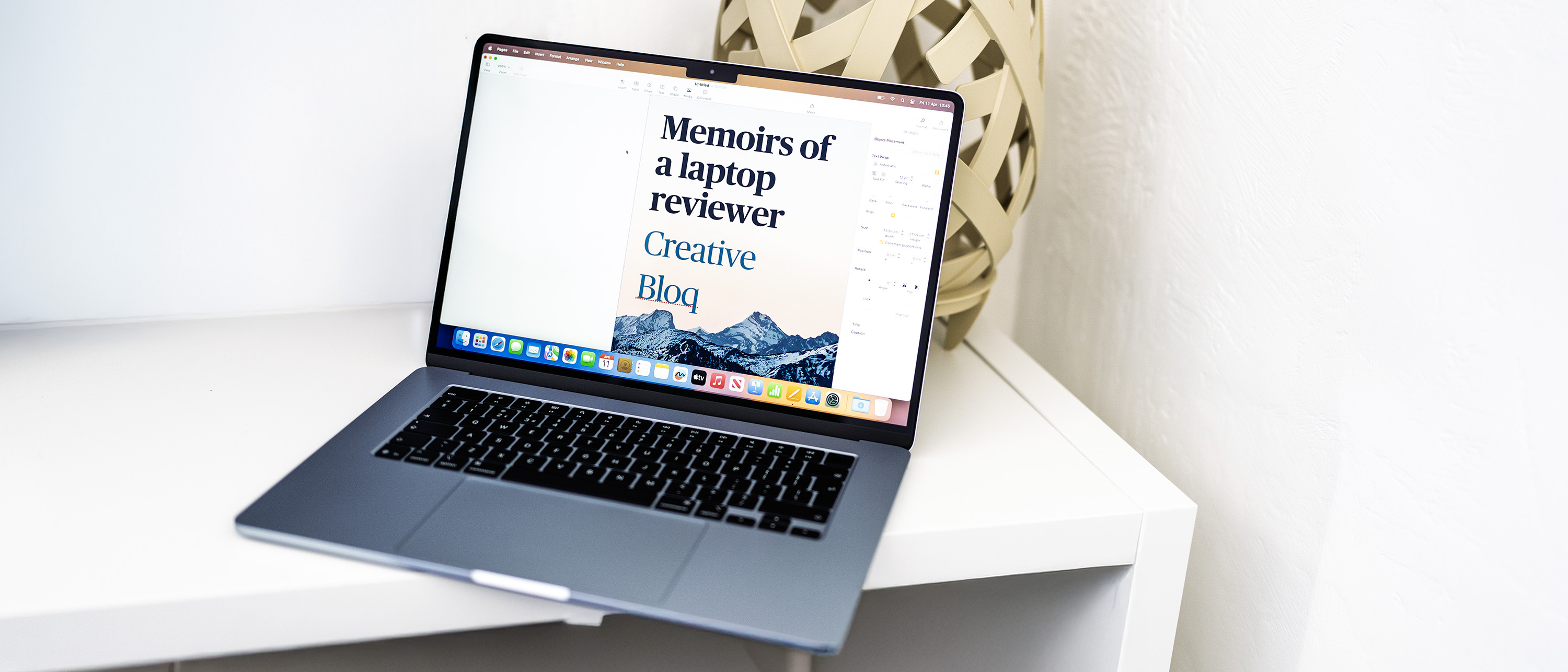How to make social media work for you
Savvy social media use can boost your reputation and art sales.
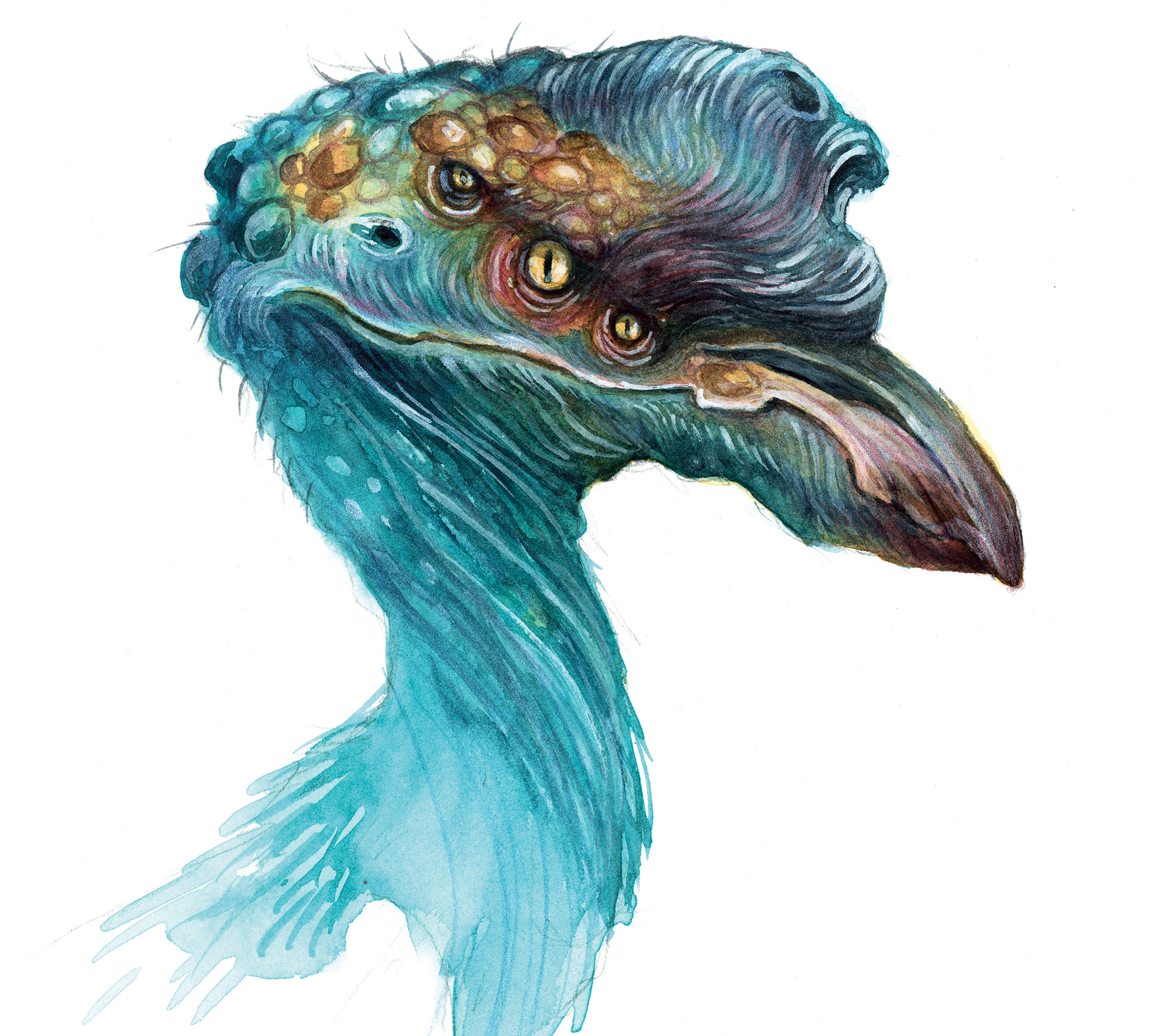
With over two billion active users worldwide, social media offers a powerful channel for artists to connect with audiences, build awareness and increase sales. But the choices are legion: Facebook, Instagram, Twitter, YouTube, Pinterest, GooglePlus, LinkedIn... and that’s before you consider creative communities such as Behance, ArtStation, Tumblr and so on.
Which options are best for getting your work out there, and how can you optimise your social media presence? To help, we’ve put together the ultimate social media guide for artists.
First, some basics. Successful social media strategy is built on brilliant artwork, so creating the best possible work should be your main focus.
Second, it’s impossible to invest time in every platform, so don’t sign up to them all – pick two or three primary channels and become an expert in those spaces. Which ones? Read on as we explore the leading platforms, with tips, tricks and techniques for increasing your social media reach...
01. Drive traffic with Facebook
Choosing the best platform for your work is a numbers game. Despite reports of millennials moving away from Facebook, it remains the most-used social media site among all ages, with 1.65 billion monthly active users, on average.
Baby boomers are driving its current growth. According to a recent report from Pew Research Center, 79 per cent of online Americans use Facebook – with 76 per cent checking in daily – compared to Instagram (32 per cent), Pinterest (31 per cent), LinkedIn (29 per cent) and Twitter (24 per cent).
But with ever-changing algorithms and Facebook increasingly wanting a slice of sales, how effective is it for artists?
Get the Creative Bloq Newsletter
Daily design news, reviews, how-tos and more, as picked by the editors.
Facebook posts showing my newest artwork particularly generate a lot of interest. However, it’s not ideal for sales
Loish
“I’ve built a sizeable following on Facebook,” says Dutch artist and animator Lois van Baarle, aka Loish, whose page has over 1.2 million likes. She recommends building your profile by regularly sharing process videos, short tutorials and tips, as well as new artwork.
Via these tactics, she has been able to successfully crowdfund her first artbook, smashing her £20,000 funding target to reach almost £250,000.
“Facebook posts showing my newest artwork particularly generate a lot of interest,” she says. “However, it’s not an ideal social network for sales.
"When I post a link to my online prints shop or where to buy my book, only about a tenth of my followers end up seeing it because Facebook wants you to pay to boost these posts.”
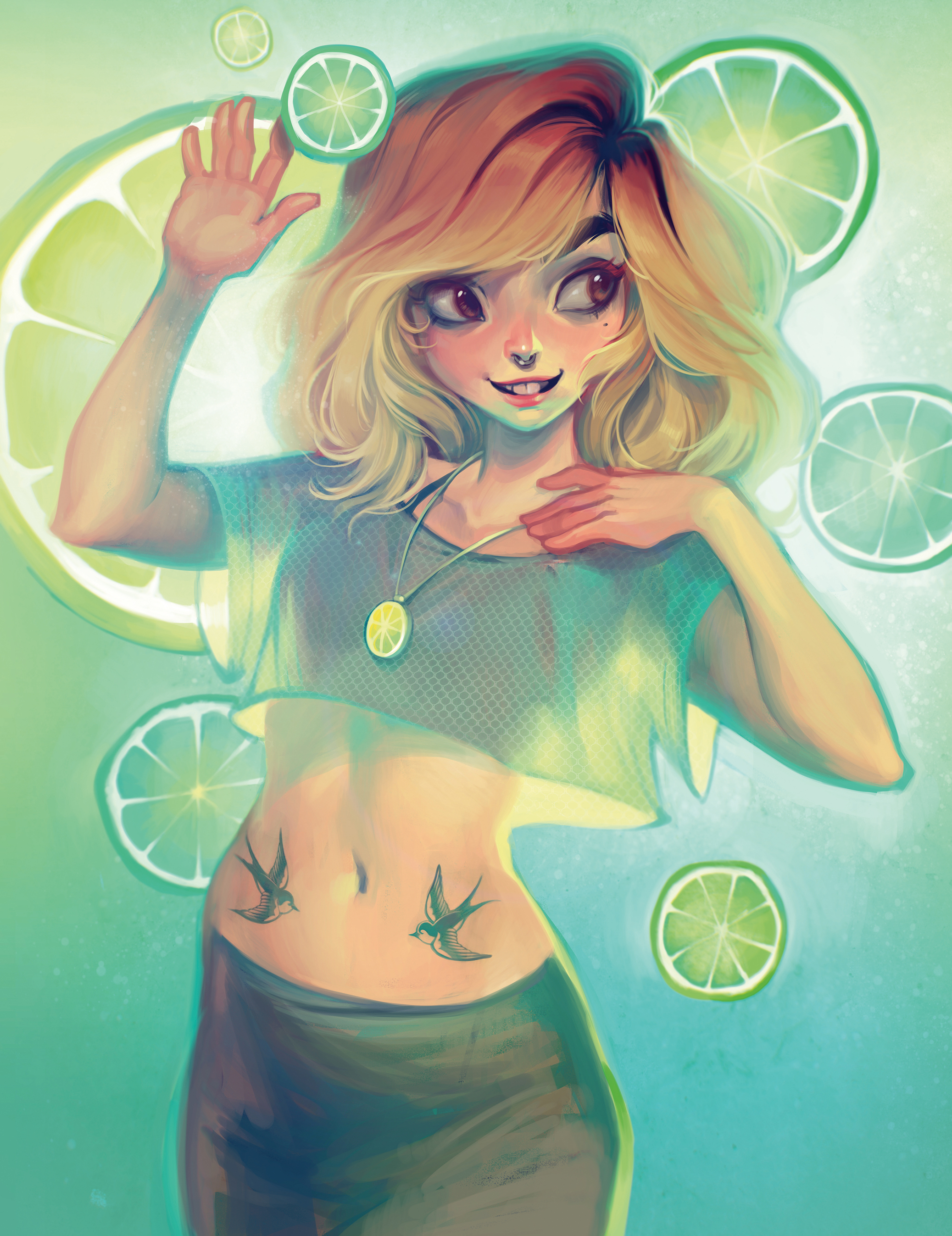
In the past few years, organic reach has dropped by 49 per cent. Paid-for posts can be a relatively inexpensive method of expanding your reach, but there are also some creative tactics that can help increase your following organically.
Facebook is still giving video top priority, for example, so try natively uploading a 30-second video for your next artwork (a sped-up screencapture, for example) with a call-to-action at the end and a link to your website.
Always avoid direct sales language and links in your updates. Not only is this annoying for followers, Facebook will penalise you unless you’ve paid for an advert.
And make full use of Facebook Insights to better understand your audience. Which posts do they best respond to? Once you know who they are and when they’re on Facebook, you can tailor your posts accordingly.
02. Increase reach with Instagram
“Instagram is the most effective platform for me, since it doesn’t have the same limitations on post content as Facebook,” continues Lois. “I can reach many more followers through my Instagram posts, and it has led to a boost in print and book sales.”
Ilya Kuvshinov, the Tokyo-based illustrator, agrees. He has over 840,000 Instagram followers and says the platform isn’t just great for increasing awareness of his work, it’s also boosted his Patreon following – converting his audience into paying fans.
“However, Instagram posts don’t allow you to insert clickable links,” he says. “If you want to send people somewhere, you have to ask them to check out the link in your profile, which isn’t as effective as having a link to tap in front of you.”
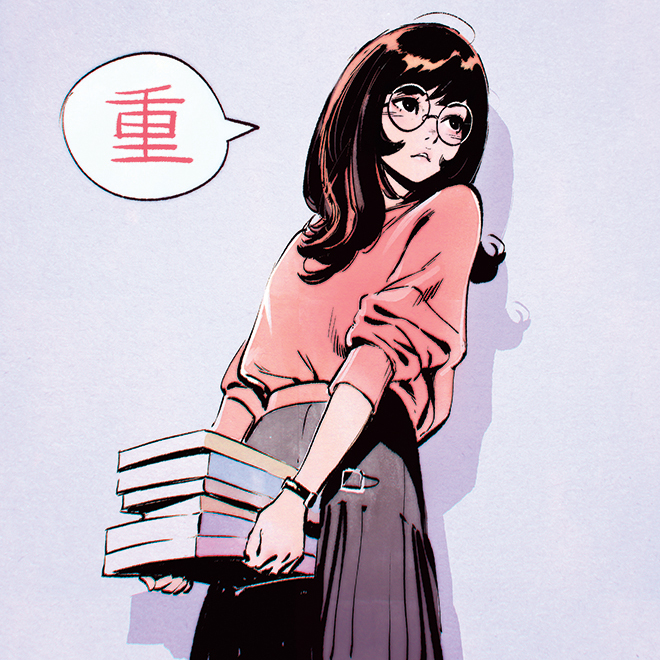
Algorithmic changes have hit Instagram feeds in recent months, but some basic rules still apply for growing your following. According to entrepreneur Neil Patel, hashtags are more important on Instagram than all other social media platforms.
“You won’t need to worry about hashtag fatigue on Instagram,” he says in his article, How to Build a Killer Instagram Following.
Instead, treat them like keywords: include relevant, popular hashtags with your updates (Webstagram has a useful list of these) and also integrate less-popular hashtags as well, so that you’re more likely to appear at the top of these search feeds.
People love to see work-in-progress pictures, so give them a glimpse into your world
Iris Compiet
Another way to increase your reach is through ‘tag a friend’ posts, or by giving something away for free. “When I reach a certain goal – say, when I hit 30,000 followers for example – I’ll have a giveaway,” says Netherlands-based illustrator Iris Compiet.
“I’ll run a share contest and the winner, picked randomly, will then receive an original piece of my art work for free.”
Iris credits Instagram with increased sales of her self-published sketchbook. But better still, she says that posting images from the project also led to new commissions from big-name clients who saw the work.
“Limit posts to three a day, tops, though,” she advises others. “But try to post daily, at around the same time. People love to see work-in-progress pictures, so give them a glimpse into your world.”
03. Sell with Pinterest
According to Shopify, some 87 per cent of Pinterest users have bought an item because they saw it on Pinterest, while 93 per cent have used the site to plan a purchase.
With over 150m monthly users and growing fast, Pinterest isn’t just a significant traffic driver to your website (second only to Facebook), the platform can increase your sales too… with the right strategy.
So how can artists get Pinterest to work harder for them? In short: with some savvy SEO.
First, create boards that your target audience wants to follow, and add keywords to their descriptions. Not only do boards rank on Google, this will help the right people find your work.
Furthermore, give every pin you share an engaging but strategic description, not forgetting to include keywords and a call to action. Just make sure you include your own voice as well: if you go keyword mad, Google will penalise you.
Don’t just pin your own work. Share relevant content from other people to increase the chance of your pins appearing at the top of someone’s feed
To increase visibility, pin every new artwork or blog on to all your relevant Pinterest boards – not just one of them. And post regularly: Kissmetrics recommends scheduling between five and 30 new pins throughout each day.
However, don’t just pin your own work. Share relevant content from other people to increase the chance of your pins appearing at the top of someone’s feed.
Finally, make it easy for others to share your work by adding the Pin It button to any image on your site. Whether you’re looking to drive traffic or increase sales, Pinterest is a must for artists.
04. Use a call to action on Twitter
Should artists still have a presence on Twitter? The platform’s revenue is down and shares have slumped. But monthly users rose three per cent in 2016, and opportunities to make money still exist.
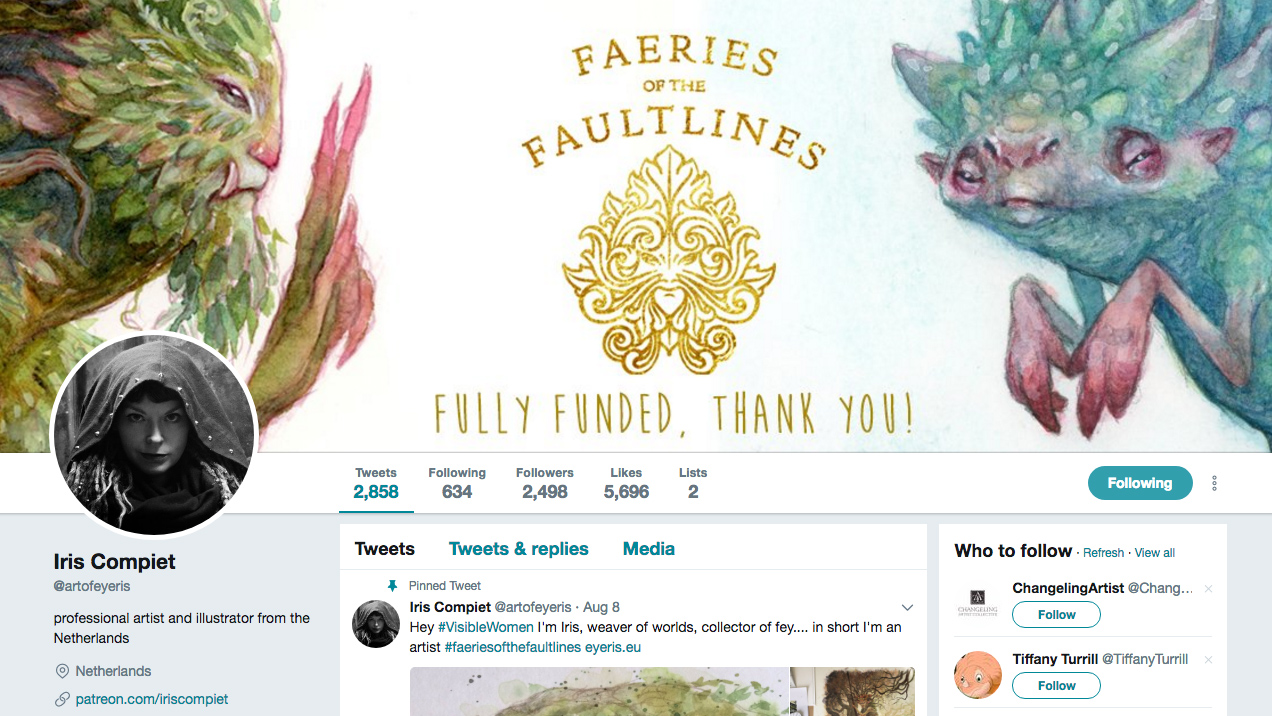
Hashtags are important, but require a different strategy to Instagram. Don’t go overboard, though: according to marketing agency Lynchpin, tweets with hashtags receive twice as much engagement as those without, but tweets with one or two hashtags have 21 per cent higher engagement than those with three or more.
One benefit of Twitter is that its users are among the most responsive to a call to action, so they’re more likely to visit a link. However, tweets become lost quickly, so create a few different versions of each one and schedule them at least six hours apart, or over different days.
05. Connect with YouTube
With YouTube ranked as the most popular platform among UK adults online (85 per cent use it, says London agency We Are Flint, rising to 96 per cent of 19-28 year olds), it can make sense to have a presence on it.
One artist reaping the benefits is Ross Tran, who boasts over 100,000 subscribers. In January this year, his Korra YouTube episode was a hit. “I uploaded an additional 1.30-minute teaser video to Facebook, which got almost 600,000 views and a few thousand shares,” he says.
“This led to me receiving around 3,000 new YouTube subscribers, 3,000 new Instagram followers and new Facebook fans. My Patreon hit an all-time high – about $3,400 a video.”
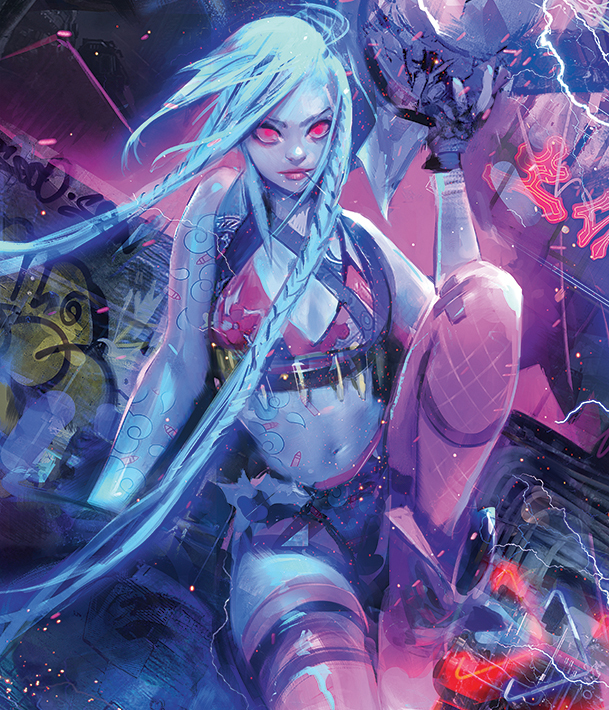
This isn’t just a shining example of an artist getting the most from YouTube: it’s a top-class lesson in cross-promotion to fully harness the power of social media.
And that’s the point. Used cleverly, social media should connect the dots, linking your different online presences together and channelling your audience in whichever direction you’d like them to go.
When it comes to YouTube, Ross has some key advice: “Attention spans are getting shorter because more and more content is being shoved in our faces,” he says. “Just accept it and learn how you can be a player.”
He recommends utilising YouTube’s Trends tool. “Often when a new movie or character comes out and I create a video, it performs better. Find hot and trending topics that appeal to your audience, to help grow your numbers.”
However, his last tip is crucial to all artists, whatever platform you choose. “Be yourself,” he urges. “People subscribe to you because they relate and like you. Remember: your experiences, vision and stories are unique to you. So share them.”
This article originally appeared in ImagineFX issue 147, in May 2017. Buy it now.
Related articles:

Thank you for reading 5 articles this month* Join now for unlimited access
Enjoy your first month for just £1 / $1 / €1
*Read 5 free articles per month without a subscription

Join now for unlimited access
Try first month for just £1 / $1 / €1
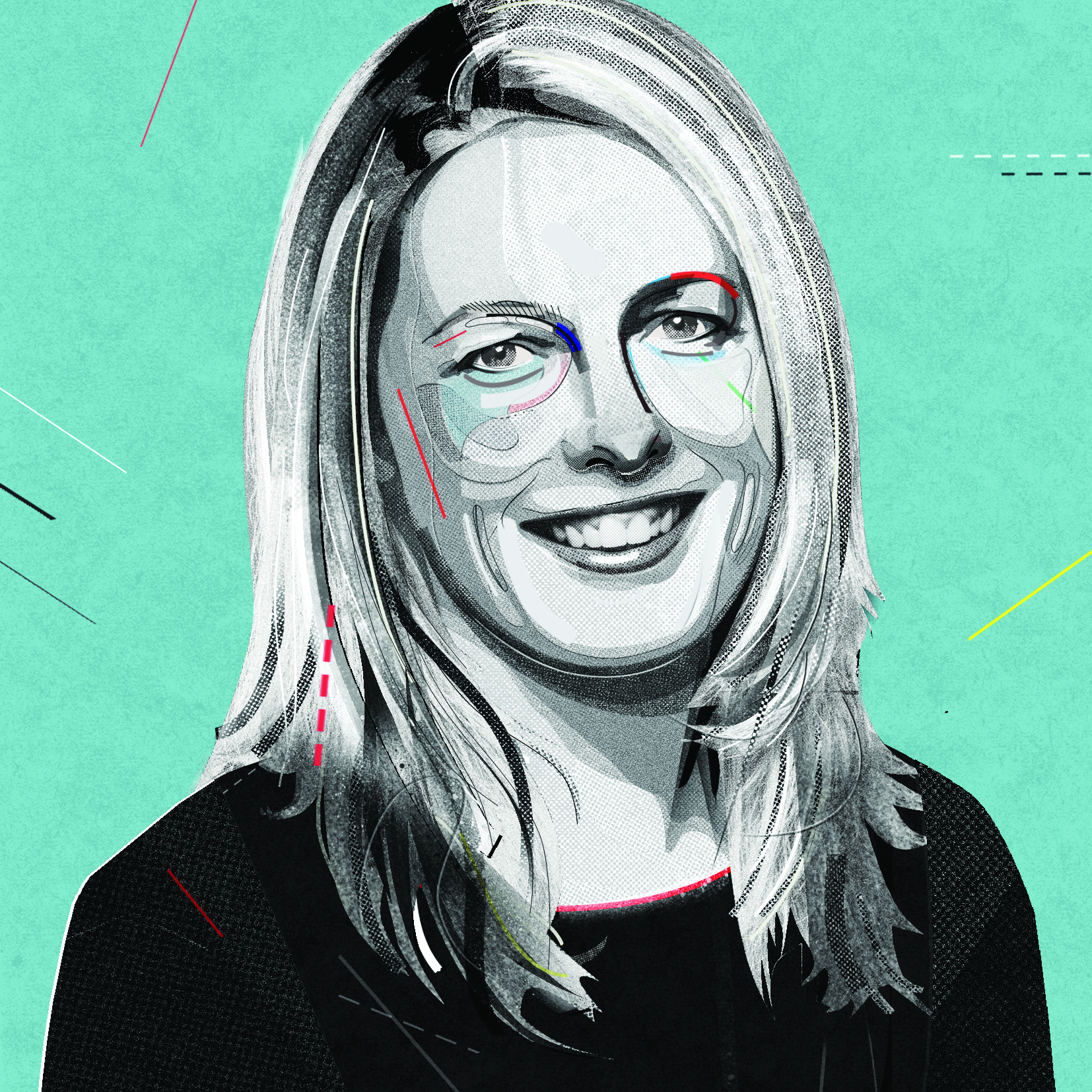
Julia is editor-in-chief, retail at Future Ltd, where she works in e-commerce across a number of consumer lifestyle brands. A former editor of design website Creative Bloq, she’s also worked on a variety of print titles, and was part of the team that launched consumer tech website TechRadar. She's been writing about art, design and technology for over 15 years.
